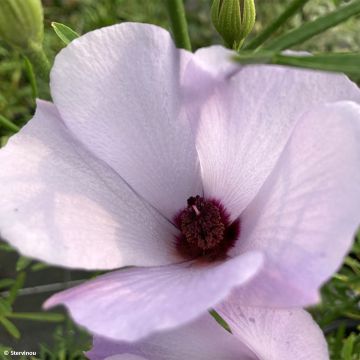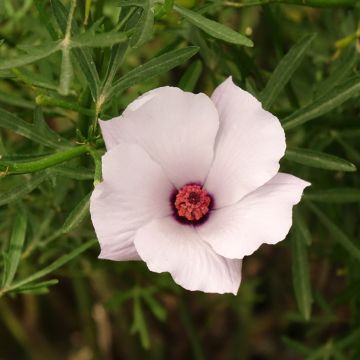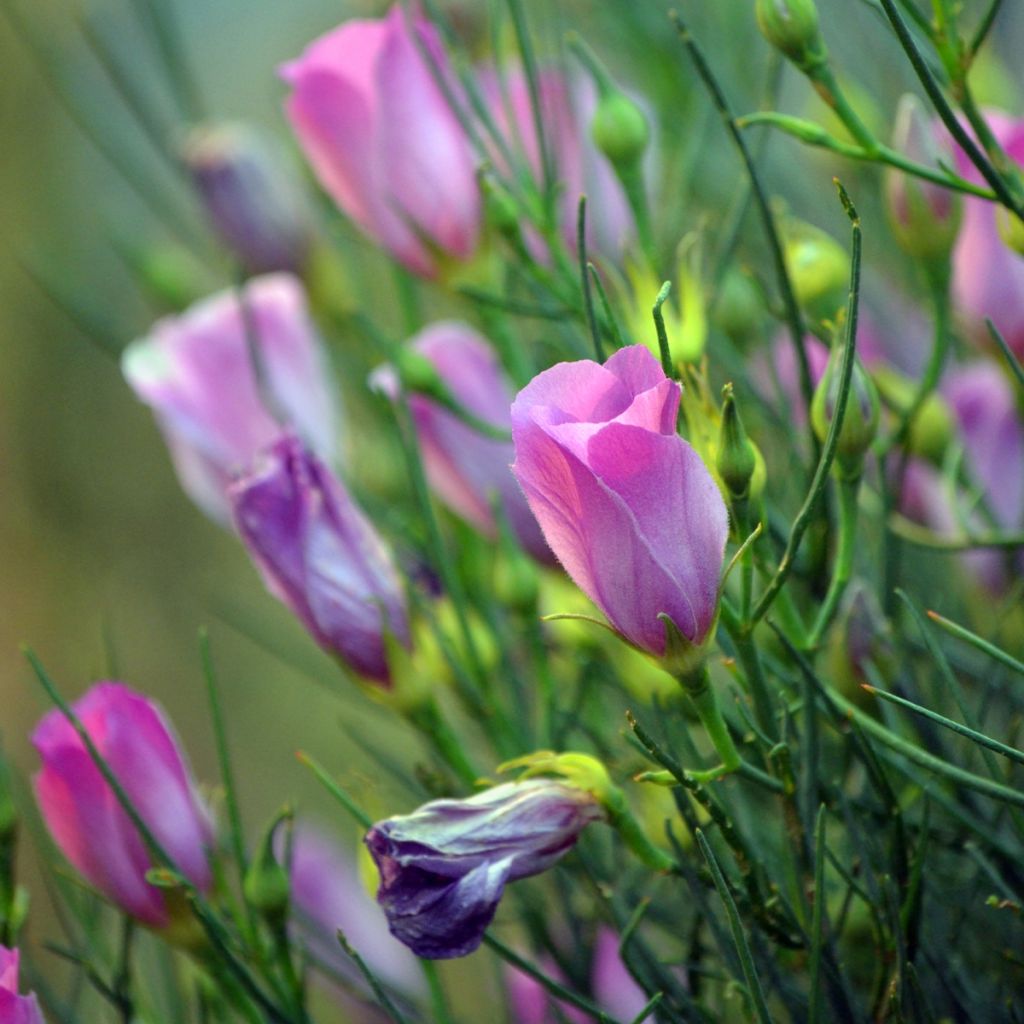

Alyogyne hakeifolia Melissa Anne - Hibiscus bleu d'Australie
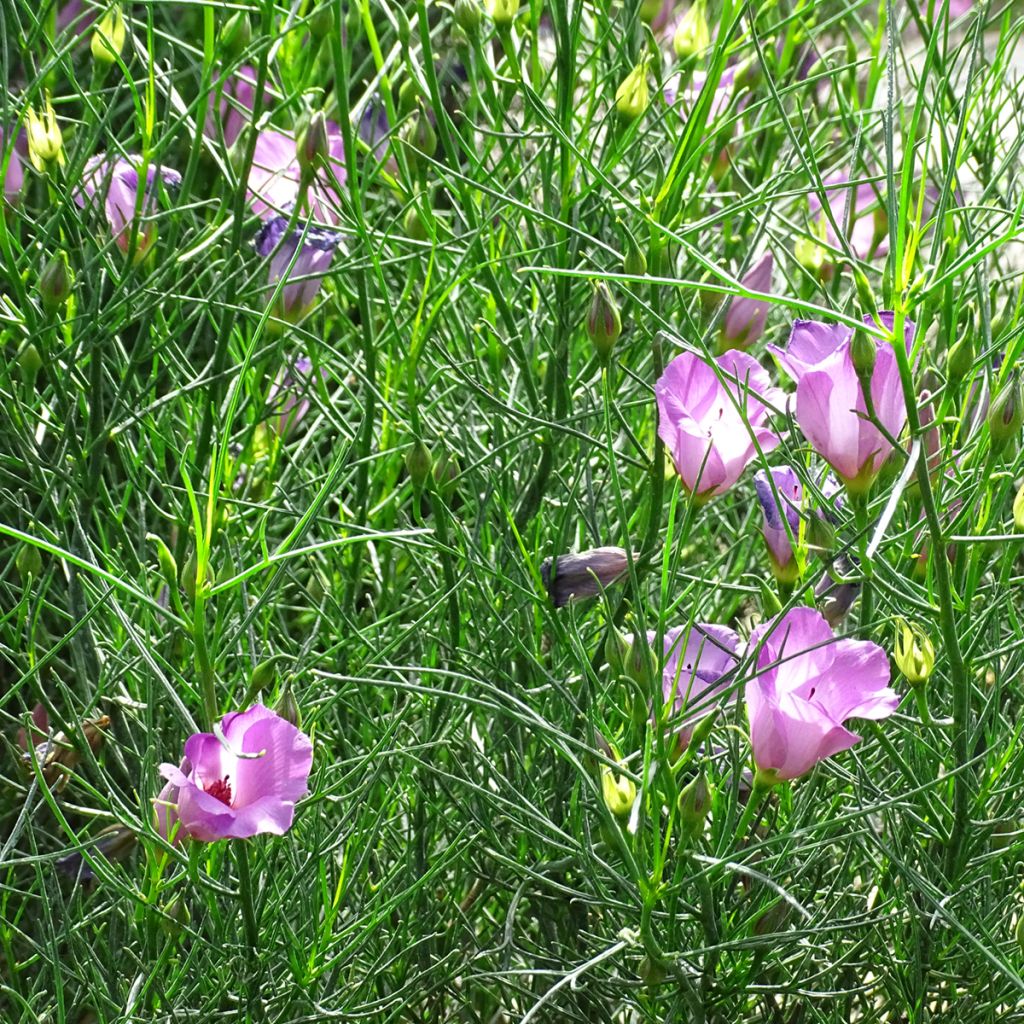

Alyogyne hakeifolia Melissa Anne - Hibiscus bleu d'Australie Demie-tige
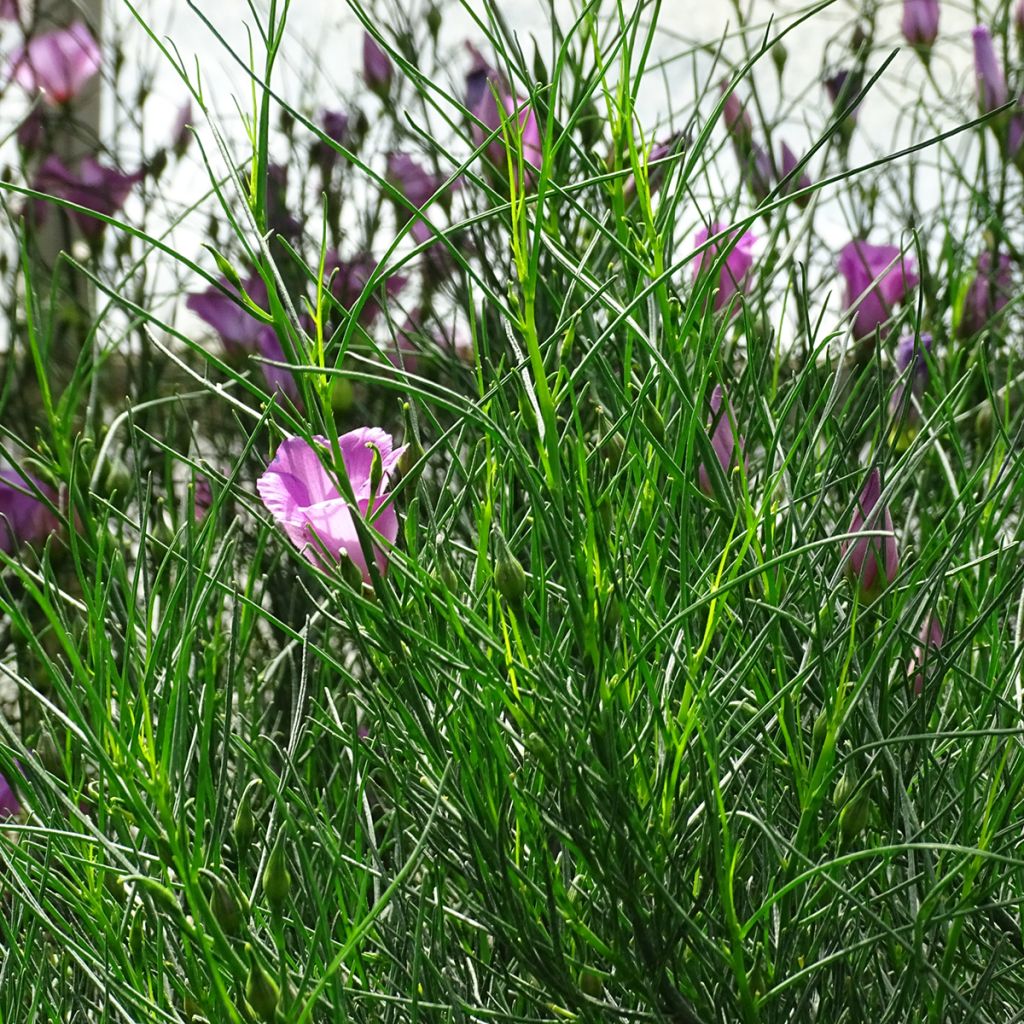

Alyogyne hakeifolia Melissa Anne - Hibiscus bleu d'Australie Demie-tige
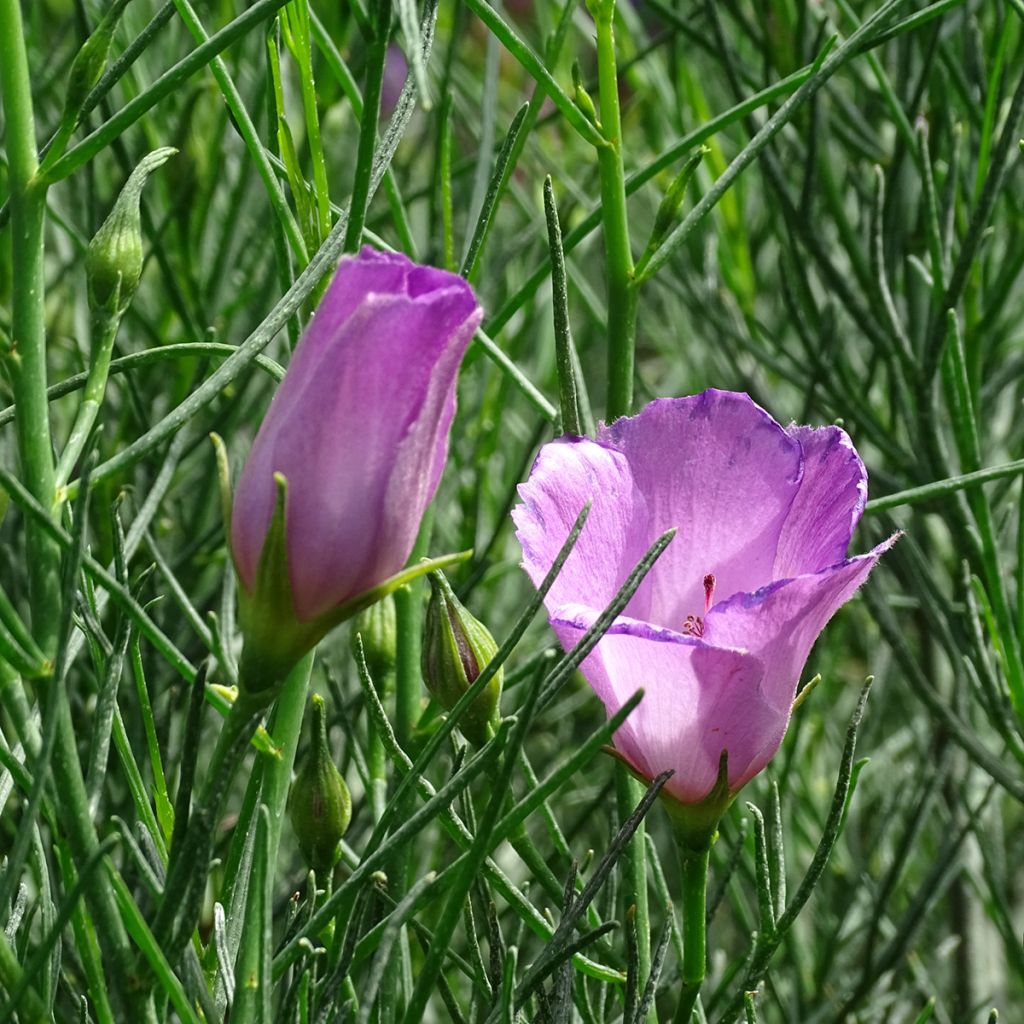

Alyogyne hakeifolia Melissa Anne - Hibiscus bleu d'Australie Demie-tige
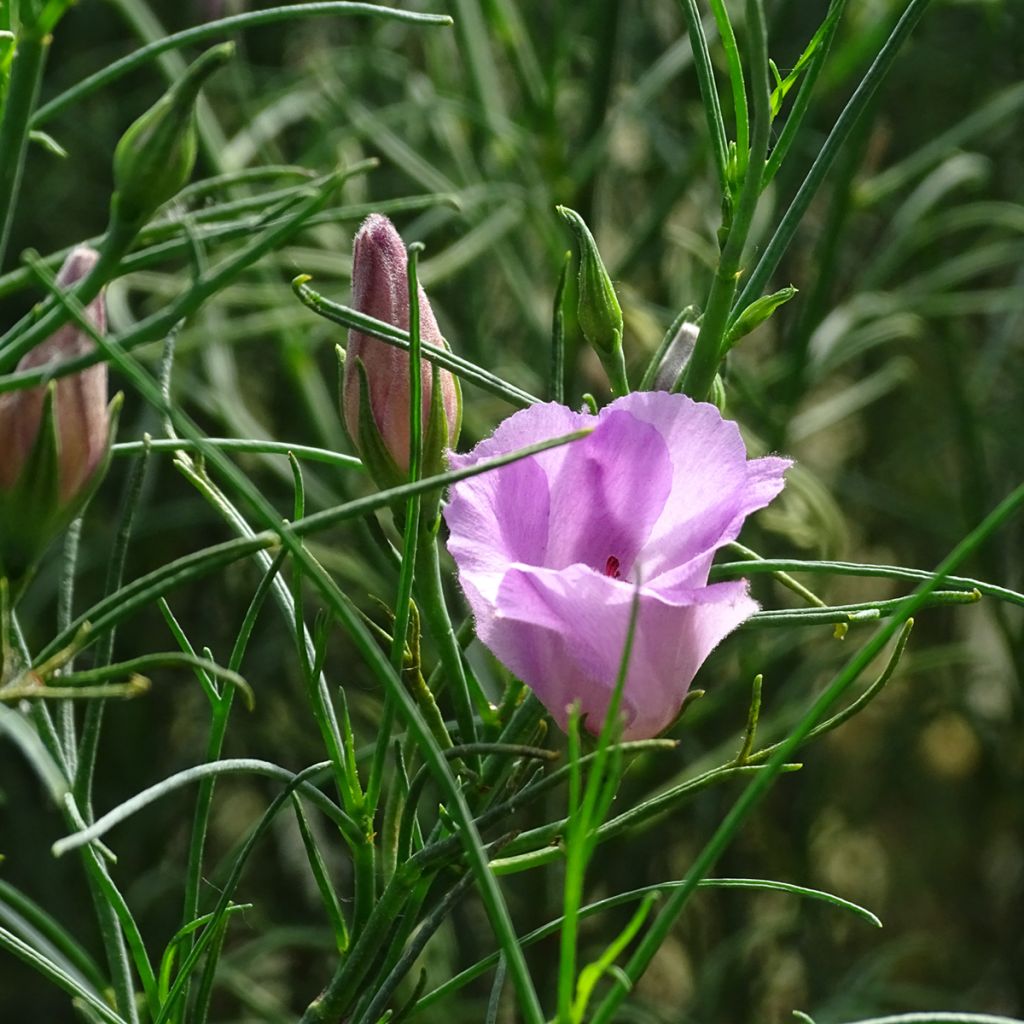

Alyogyne hakeifolia Melissa Anne - Hibiscus bleu d'Australie Demie-tige
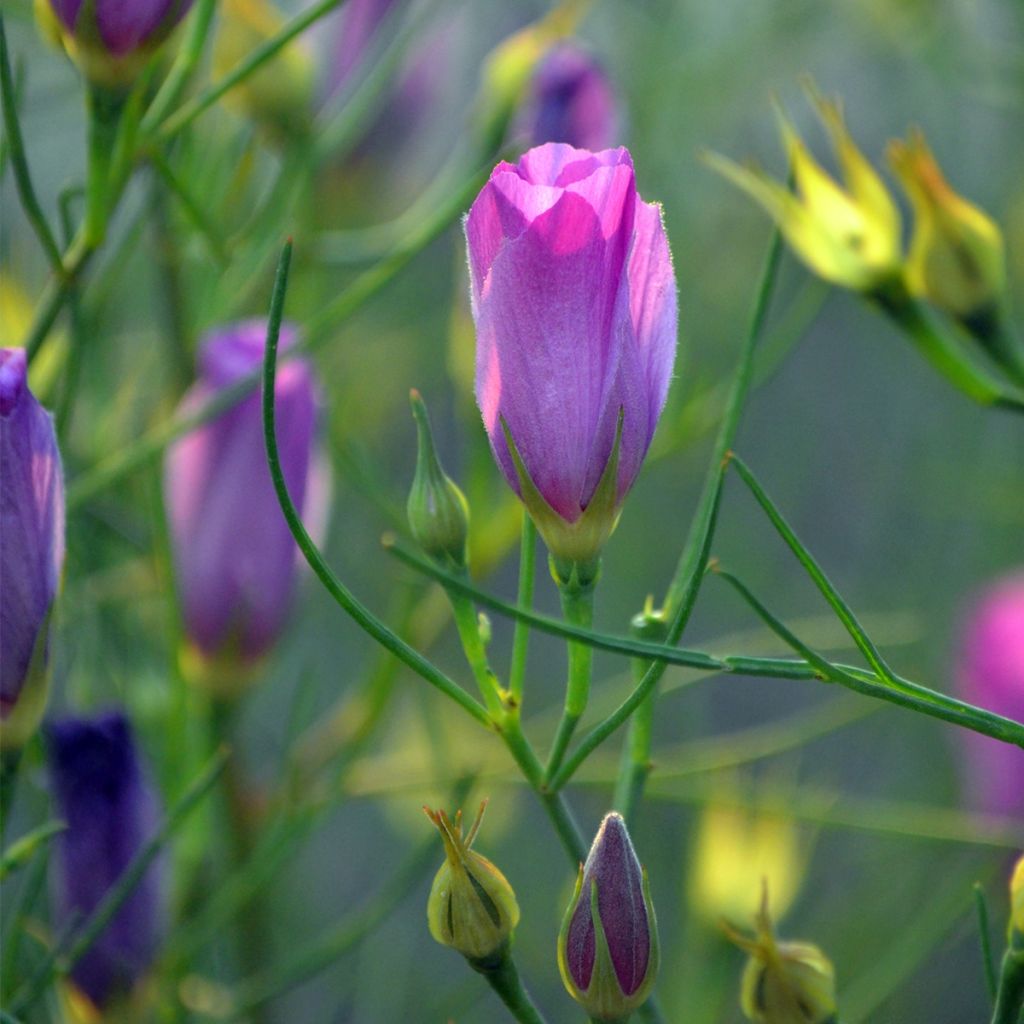

Alyogyne hakeifolia Melissa Anne - Hibiscus bleu d'Australie
Alyogyne hakeifolia Melissa Anne
Alyogyne hakeifolia Melissa Anne
Red-centred Hibiscus
This plant carries a 12 months recovery warranty
More information
We guarantee the quality of our plants for a full growing cycle, and will replace at our expense any plant that fails to recover under normal climatic and planting conditions.
Oversize package: home delivery by special carrier from €6.90 per order..
Express home delivery from €8.90.
Does this plant fit my garden?
Set up your Plantfit profile →
Description
Alyogyne hakeifolia 'Melissa Anne' is a lovely variety of Australian blue hibiscus with very bright pink flowers adorned with a red heart. It is a fast-growing and vigorous plant that offers very long and abundant spring and summer flowering. Forming a beautiful dense and bushy shrub with leafy foliage, this descendant of the Alyogyne with the leaves of a hakea is recognised by its feathery foliage of very dark green. Native to dry coastal regions of Australia, it is a drought-tolerant plant but not very hardy, and sensitive to humidity. Gardeners in more continental climates might grow this beautiful exotic plant in a pot on the terrace or balcony, to be taken inside in winter.
Alyogyne hakeifolia 'Melissa Anne' belongs to the Malvaceae family, like hibiscus, shrubby lavateras, and mallows. Its wild ancestor is common throughout the southwest of Western Australia. It can be found growing on the coast, in sandy or stony clay-loam soils, including those containing limestone. Fairly accommodating, this blue hibiscus requires very well-draining soil where water does not stagnate, both in winter and summer. It can withstand short frosts of around -5°C (23 °F) if the soil it is planted in is dry in winter. In slightly wetter soil, it will perish from -1°C (30.2 °F). Its growth habit is shrubby and its foliage will be more or less persistent depending on the severity of the winter. In nature, Alyogyne hakeifolia can reach 3 metres (10 ft) in all directions.
'Melissa Anne' is a superb cultivar that stands out for its bright pink flowers and abundant production. With rapid growth, this well-branched shrub, with a rounded habit, reaches about 1.50 m (5 ft) to 1.80 m (6 ft) in height in just a few months, with an almost equivalent spread when planted in open ground. In a pot, it will grow to slightly smaller dimensions, around 1 m (3 ft 4 in) to 1.20 m (4 ft) in all directions. Flowering takes place from May-June to September at the axils of the leaves. Each flower, about 8-10 cm (3 to 4 in) wide, is composed of 5 silky petals in a light pink colour, slightly overlapping, arranged in cups that never fully open. The centre of the corolla, red in colour, contains numerous short stamens with yellow anthers, surrounding 5 that are longer and fused. As with all plants in the Malvaceae family, the flowers do not last more than a day or two, but are produced continuously for nearly 4 months. The flowers, pollinated by insects, give way to fruits in 5-lobed capsules containing seeds. The abundant foliage is composed of pinnate leaves divided into fine linear segments measuring up to 10 cm (4 in) long. To maintain a compact habit, we recommend pruning it in March and also lightly during the flowering season. This Alyogyne is a short-lived plant, lasting around 8 years. Its root system is extensive: avoid planting it less than 3.50 m (12 ft) away from a duct or sewer.
Alyogyne Melissa Anne is a plant for a mild and dry climate that should thrive in warm coastal gardens. It is essential to plant it in a site sheltered from cold winds, on a slightly arid slope, in a large rock garden or in a raised bed enriched with gravel, and to protect its base from winter moisture with a thick mulch. These conditions also suit cistus, Westringia, Sphaeralcea (ambigua, Childerley), Leucophyllum, and other large lavenders (Lavandula x allardii, L. x Devantville), with which this blue hibiscus will create superb combinations. Cultivating it in a large pot presents no difficulties and allows the plant to be sheltered in winter in a bright, unheated space, with a significant reduction in watering.
Report an error about the product description
Alyogyne hakeifolia Melissa Anne in pictures
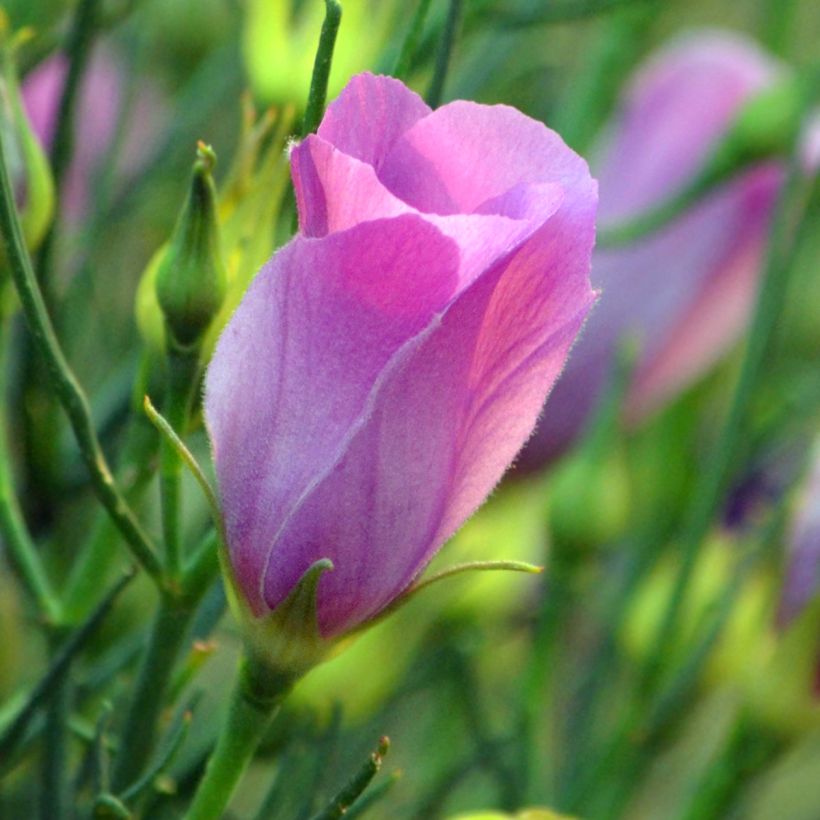

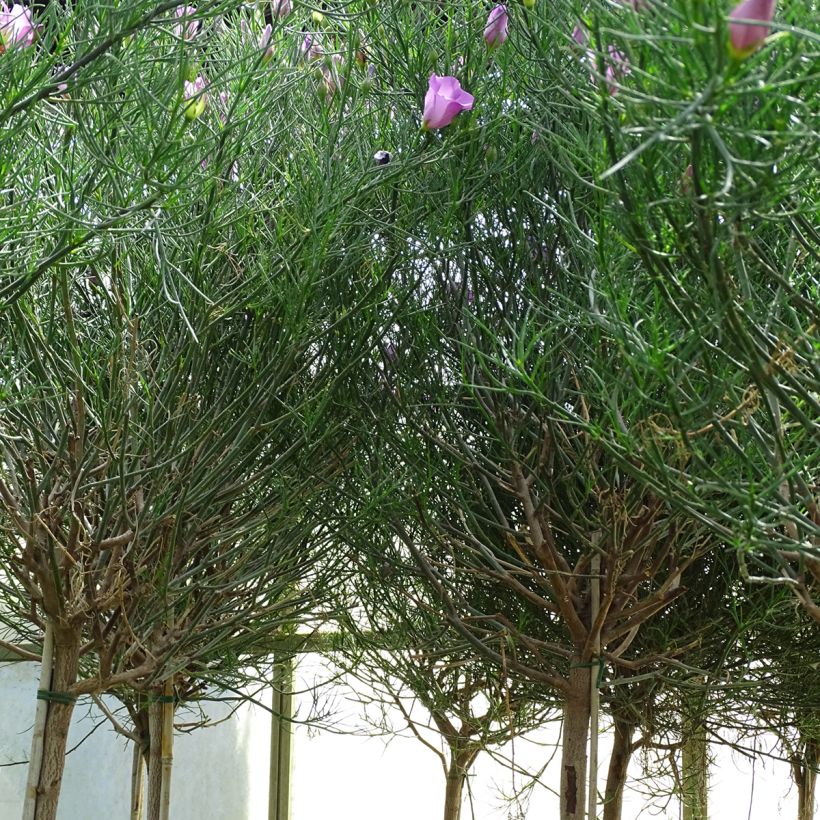

Flowering
Foliage
Plant habit
Botanical data
Alyogyne
hakeifolia
Melissa Anne
Malvaceae
Red-centred Hibiscus
Hibiscus hakeifolius
Australia
Other Alyogyne
Planting and care
Alyogyne 'Melissa Anne' tolerates drought once established. It also tolerates sea spray and thrives in coastal gardens. This bush dislikes wet soils in winter, which significantly reduce its hardiness: in a very dry soil in winter, it can withstand short frosts of around -5°C (23 °F). In a slightly more humid soil, it will perish below -2°C (28.4 °F). It is therefore best planted in spring, in a soil enriched with gravel, to allow it some time to settle and strengthen before winter. Choose a sunny and sheltered location to ensure good flowering and protect it in winter. The nature of the soil is not important, whether slightly acidic, neutral, limestone, clayey, loamy, stony or sandy, as long as it is well-drained. Place a thick mulch around its base as winter approaches, on dry soil to isolate it from moisture, and protect your young blue hibiscus with a fleece during the first two winters in case of severe frost. It is capable of regrowing from the base if the vegetation has been destroyed by the cold. Once well-established, the Alyogyne requires no watering in summer. However, a generous but spaced-out water supply helps support summer flowering. Prune at the start of growth if necessary, and during the growing season to promote good branching of the plant. In open ground fertiliser is not necessary for this plant, which is adapted to poor and leached soils.
Pot cultivation: choose a pot with a minimum capacity of 20 litres. Place a layer of gravel or broken terracotta pieces at the bottom of the pot to promote drainage. Create a mixture of garden soil and compost, adding some gravel. Regularly water your plant to support flowering, but do not overwater. Like many Australian plants, Alyogyne seems to dislike soils rich in phosphorus: use a low-phosphorus fertilizer (N,P,K), preferably mineral rather than organic.
Planting period
Intended location
Care
This item has not been reviewed yet - be the first to leave a review about it.
Haven't found what you were looking for?
Hardiness is the lowest winter temperature a plant can endure without suffering serious damage or even dying. However, hardiness is affected by location (a sheltered area, such as a patio), protection (winter cover) and soil type (hardiness is improved by well-drained soil).

Photo Sharing Terms & Conditions
In order to encourage gardeners to interact and share their experiences, Promesse de fleurs offers various media enabling content to be uploaded onto its Site - in particular via the ‘Photo sharing’ module.
The User agrees to refrain from:
- Posting any content that is illegal, prejudicial, insulting, racist, inciteful to hatred, revisionist, contrary to public decency, that infringes on privacy or on the privacy rights of third parties, in particular the publicity rights of persons and goods, intellectual property rights, or the right to privacy.
- Submitting content on behalf of a third party;
- Impersonate the identity of a third party and/or publish any personal information about a third party;
In general, the User undertakes to refrain from any unethical behaviour.
All Content (in particular text, comments, files, images, photos, videos, creative works, etc.), which may be subject to property or intellectual property rights, image or other private rights, shall remain the property of the User, subject to the limited rights granted by the terms of the licence granted by Promesse de fleurs as stated below. Users are at liberty to publish or not to publish such Content on the Site, notably via the ‘Photo Sharing’ facility, and accept that this Content shall be made public and freely accessible, notably on the Internet.
Users further acknowledge, undertake to have ,and guarantee that they hold all necessary rights and permissions to publish such material on the Site, in particular with regard to the legislation in force pertaining to any privacy, property, intellectual property, image, or contractual rights, or rights of any other nature. By publishing such Content on the Site, Users acknowledge accepting full liability as publishers of the Content within the meaning of the law, and grant Promesse de fleurs, free of charge, an inclusive, worldwide licence for the said Content for the entire duration of its publication, including all reproduction, representation, up/downloading, displaying, performing, transmission, and storage rights.
Users also grant permission for their name to be linked to the Content and accept that this link may not always be made available.
By engaging in posting material, Users consent to their Content becoming automatically accessible on the Internet, in particular on other sites and/or blogs and/or web pages of the Promesse de fleurs site, including in particular social pages and the Promesse de fleurs catalogue.
Users may secure the removal of entrusted content free of charge by issuing a simple request via our contact form.
The flowering period indicated on our website applies to countries and regions located in USDA zone 8 (France, the United Kingdom, Ireland, the Netherlands, etc.)
It will vary according to where you live:
- In zones 9 to 10 (Italy, Spain, Greece, etc.), flowering will occur about 2 to 4 weeks earlier.
- In zones 6 to 7 (Germany, Poland, Slovenia, and lower mountainous regions), flowering will be delayed by 2 to 3 weeks.
- In zone 5 (Central Europe, Scandinavia), blooming will be delayed by 3 to 5 weeks.
In temperate climates, pruning of spring-flowering shrubs (forsythia, spireas, etc.) should be done just after flowering.
Pruning of summer-flowering shrubs (Indian Lilac, Perovskia, etc.) can be done in winter or spring.
In cold regions as well as with frost-sensitive plants, avoid pruning too early when severe frosts may still occur.
The planting period indicated on our website applies to countries and regions located in USDA zone 8 (France, United Kingdom, Ireland, Netherlands).
It will vary according to where you live:
- In Mediterranean zones (Marseille, Madrid, Milan, etc.), autumn and winter are the best planting periods.
- In continental zones (Strasbourg, Munich, Vienna, etc.), delay planting by 2 to 3 weeks in spring and bring it forward by 2 to 4 weeks in autumn.
- In mountainous regions (the Alps, Pyrenees, Carpathians, etc.), it is best to plant in late spring (May-June) or late summer (August-September).
The harvesting period indicated on our website applies to countries and regions in USDA zone 8 (France, England, Ireland, the Netherlands).
In colder areas (Scandinavia, Poland, Austria...) fruit and vegetable harvests are likely to be delayed by 3-4 weeks.
In warmer areas (Italy, Spain, Greece, etc.), harvesting will probably take place earlier, depending on weather conditions.
The sowing periods indicated on our website apply to countries and regions within USDA Zone 8 (France, UK, Ireland, Netherlands).
In colder areas (Scandinavia, Poland, Austria...), delay any outdoor sowing by 3-4 weeks, or sow under glass.
In warmer climes (Italy, Spain, Greece, etc.), bring outdoor sowing forward by a few weeks.

































